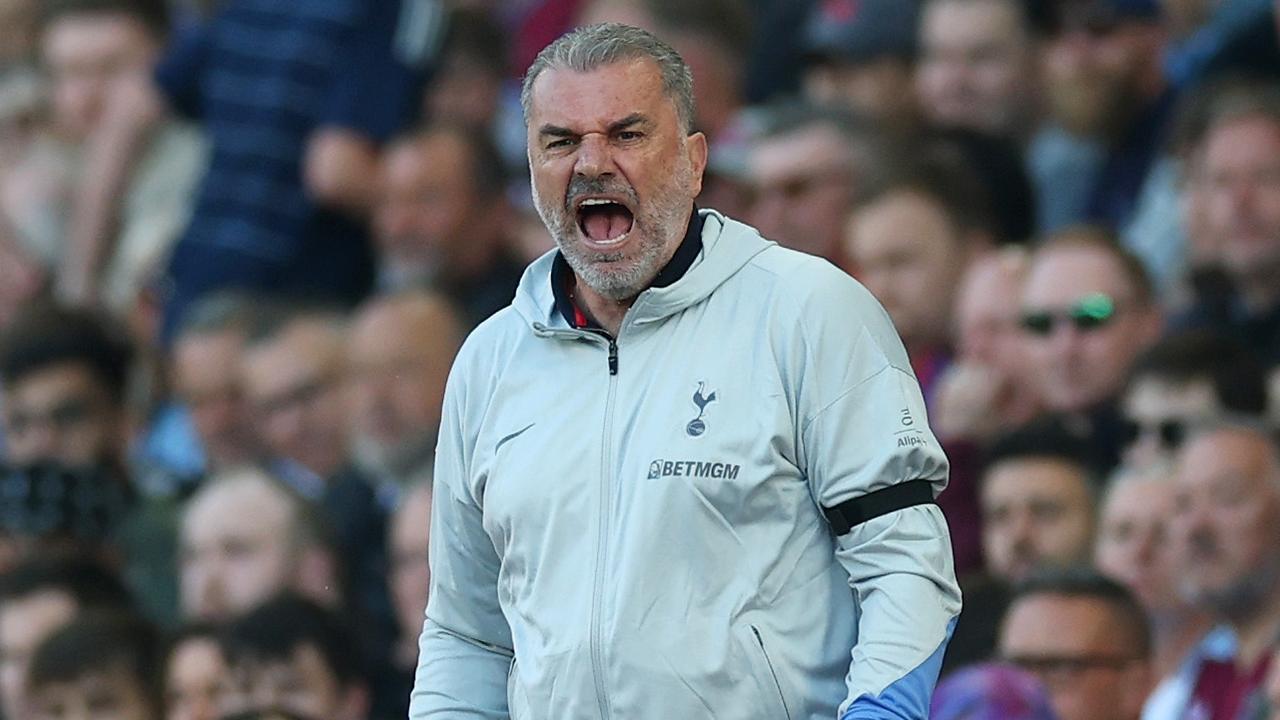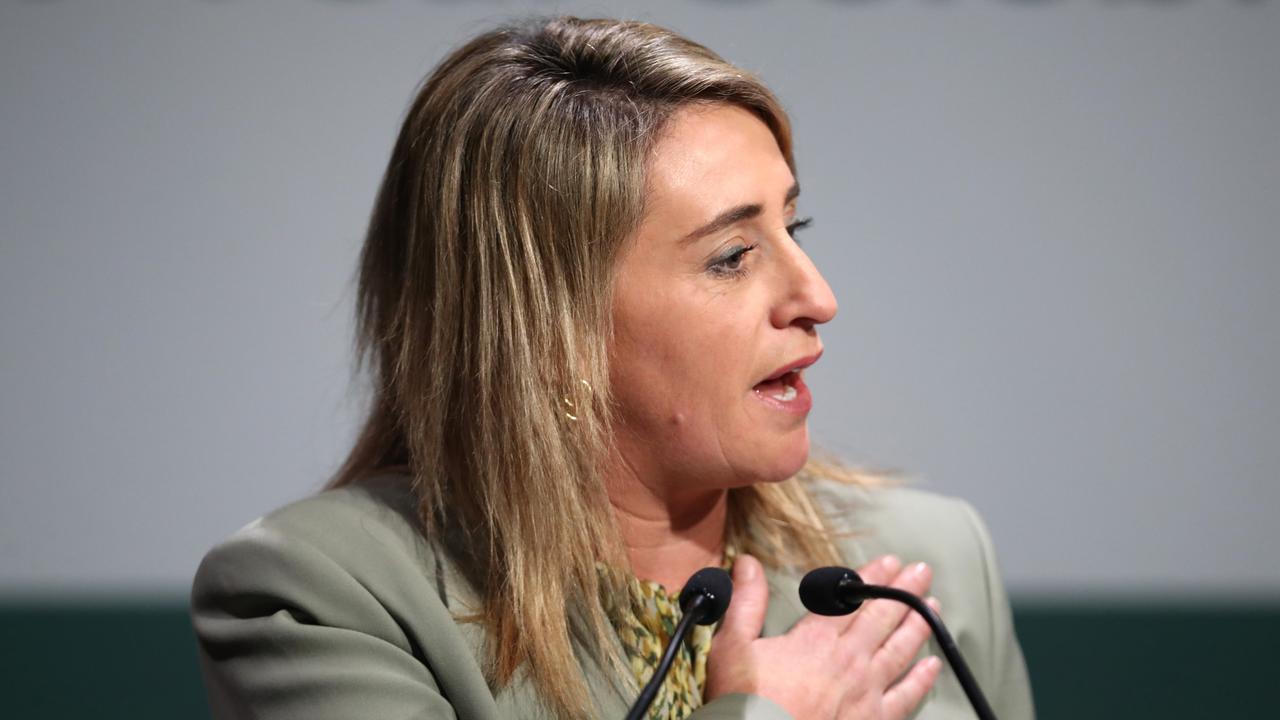Flood of Brazilian players in the A-League is now at a trickle
Once a mainstay of the A-League, Brazilians are now barely there. Tom Smithies identifies the factors that have brought a halt to the samba beat in Australian football.
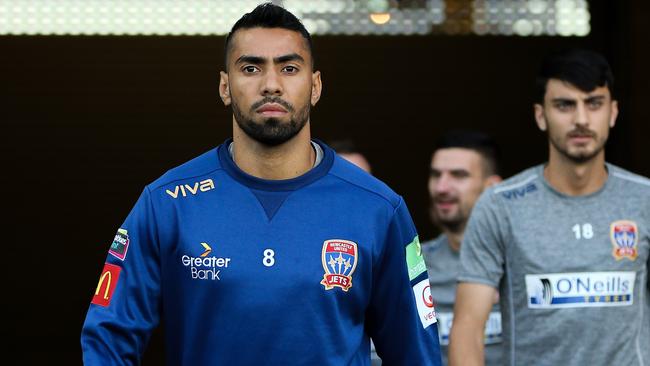
Football
Don't miss out on the headlines from Football. Followed categories will be added to My News.
For years there was a samba beat throughout the A-League, but the music has come almost to a complete halt.
As Sydney FC continue their Asian Champions League campaign against three opponents who between them have eight Brazilian players signed, the A-League as a whole can muster just one.
At one point 12 years ago there were a dozen Brazilians in the A-League, admittedly of significantly varying standard, and their nationality remains the biggest diaspora in the history of the competition with 38 having played here since 2005.
But a variety of factors, from economics to opportunism, have tightened a tourniquet around that flow of talent. Since 2013 only five new Brazilians have come, with Newcastle’s Jair the only representative this season.
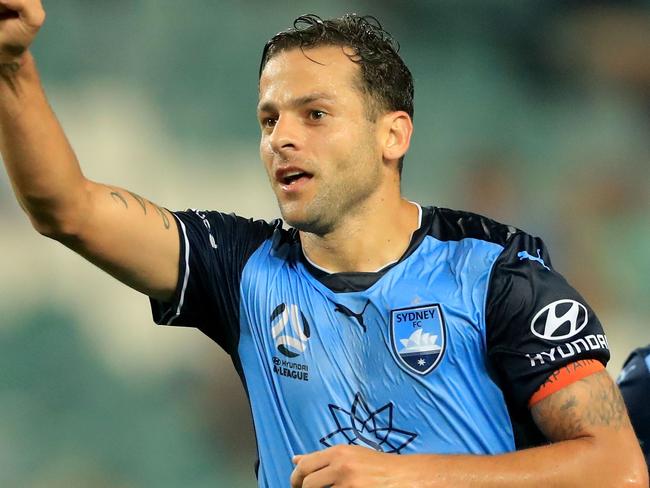
“Above all, it’s about money,” said Newcastle Jets boss Ernie Merrick, who signed Jair and also half a dozen compatriots at Melbourne Victory.
Merrick isn’t talking about the headline sums paid to the likes of Oscar and Hulk at Shanghai SIPG, two of the Chinese club’s three Brazilians expected to feature against Sydney FC at Jubilee Stadium.
On wages of $750,000 and $600,000 a week respectively, they show the financial might of the biggest Chinese clubs, against which almost no club in the world can compete.
But the exponentially rising football dollar across Asia has hit Australian clubs’ ability to source even middle-ranking talent, despite Brazil now exporting more players than any other country.
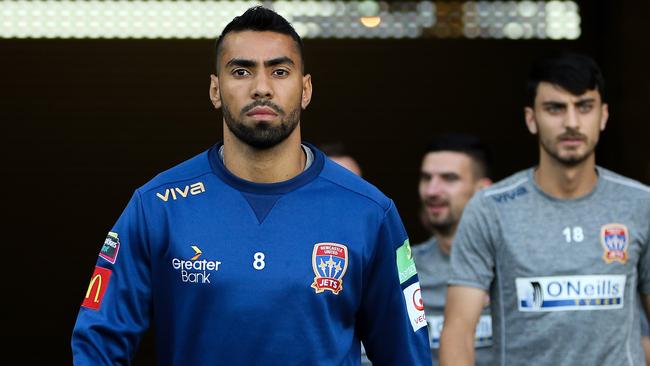
The well-regarded Football Observatory website ranks Brazil at No 1 with more than 1200 players signed overseas; in the top 10 list of their destinations are Japan, Thailand, South Korea and Hong Kong.
“When we signed Fred for Victory (in 2006) he was struggling to get games at the national level in Brazil, and there wasn’t a lot of money there,” Merrick said.
“We got him for just over $100,000, and two others — Alessandro and Claudinho — for just under. But the league in Brazil has taken off, there’s a lot more money there, and new markets have opened up. For players to go to, very lucrative markets.

Merrick had links to Brazil, via a former NSL player, Steve Panopoulos, whom he had coached previously and who had set up as an agent in Rio de Janeiro.
Other routes for signings were more haphazard: Ney Fabiano played well for FC Chomburi against Victory in the ACL and caught Merrick’s eye, leading to a quick transfer.
Others, like Sydney FC landing World Cup winner Juninho, were the result of enterprising agents sending him a proposal. And some, like Newcastle signing the little lamented Mario Jardel, were the result of out-of-date YouTube clips.
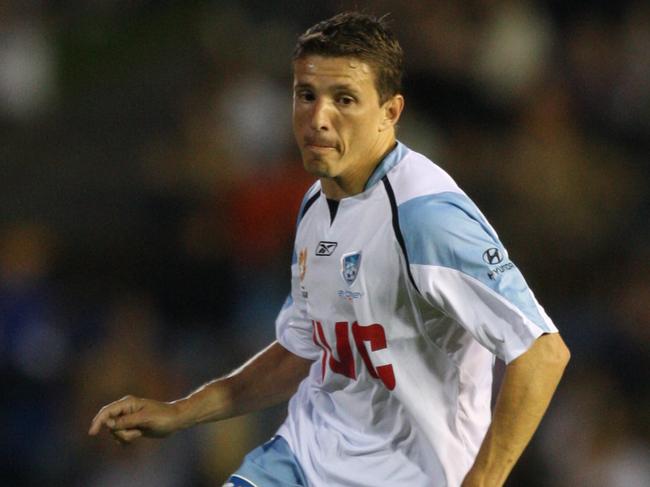
Therein lies the problem for A-League clubs without proper scouting networks (beyond the City Group’s global reach). Without someone on the ground, clubs are relying on agents getting in touch — or, as with Merrick in 2006, John van’t Schip in 2010 and Graham Arnold the same year, coaches themselves going on scouting missions.
“They’re the kind of players I like, attack-minded and exciting,” Merrick said. “Someone like Jair took a big pay cut to come here, so it can be done.”

